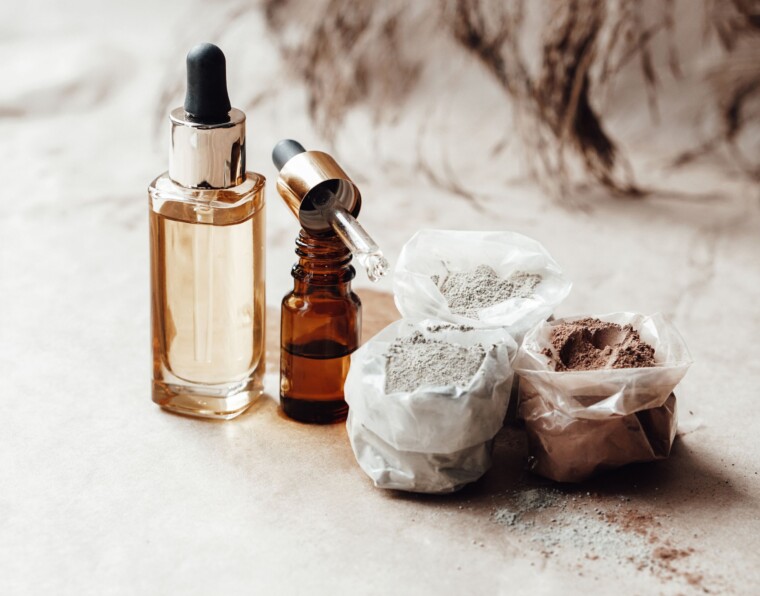If you have oily skin, you know that it can be difficult to find the right skincare products to keep it balanced, hydrated, and healthy. One product that can help is an emulsion. Emulsions are a unique blend of oils and water that can help reduce excess oil, reduce breakouts, and help your skin look and feel its best.
Definition of Emulsion
An emulsion is a combination of two liquids that are normally immiscible, meaning they don’t mix together. The most common type of emulsion is a water-in-oil emulsion, where the liquid (water) is dispersed in the oil. This type of emulsion is often used in skincare products.
What is it used for?
An emulsion is used for a variety of skincare purposes, but it is especially beneficial for those with oily skin. Emulsions are designed to help balance the skin’s oil production, reduce breakouts, and give the skin a smooth, even texture.
Overview of the benefits of using emulsion for oily skin
Emulsions are beneficial for oily skin because they can help reduce excess oil, reduce breakouts, and help the skin feel hydrated and refreshed. They can also help balance the skin’s pH levels, and help the skin appear more even and healthy.
What makes an emulsion ideal for oily skin?
An emulsion is ideal for oily skin because it is able to penetrate the skin’s surface, helping to reduce excess oil without stripping the skin of its natural moisture. Additionally, the water-in-oil emulsion helps to lock in moisture and prevent water loss.
Key ingredients to look for in an emulsion for oily skin
When choosing an emulsion for oily skin, there are certain ingredients to look for. These include ingredients such as salicylic acid, which helps reduce excess oil and prevent breakouts, and hyaluronic acid, which helps keep the skin hydrated. Other beneficial ingredients include glycerin, which helps the skin retain moisture, and antioxidants, which help protect the skin from environmental stressors.
How emulsions can help balance oily skin
Emulsions can help balance oily skin by helping to regulate the production of sebum, which is the skin’s natural oil. By controlling the amount of sebum produced, emulsions can help reduce excess oil and help the skin appear more even and healthy.
How emulsions can help reduce breakouts and other skin issues
Emulsions can also help reduce breakouts and other skin issues by helping to reduce excess oil, unclog pores, and fight bacteria. Additionally, the hydrating properties of the emulsion can help soothe the skin and reduce redness and inflammation.
Benefits of using emulsion for oily skin
Overall, using an emulsion for oily skin can help reduce excess oil, reduce breakouts, and help the skin look and feel its best. It can also help balance the skin’s pH levels, keep the skin hydrated, and protect it from environmental stressors.
Conclusion
Emulsion is an excellent choice for those with oily skin. It can help reduce excess oil, unclog pores, and fight bacteria, while also helping to keep the skin hydrated and balanced. When choosing an emulsion for oily skin, look for key ingredients such as salicylic acid, hyaluronic acid, glycerin, and antioxidants. With regular use, an emulsion can help your skin look and feel its best.
FAQ
1) Can emulsions replace moisturizer?
Yes, emulsions can often replace moisturizers depending on your skin type and needs. Emulsions are lighter than creams, and are great for hydrating and locking in moisture. They can be used for both day and night, and can be suitable for most skin types. However, if you have particularly dry skin, you may want to use an additional moisturizer for extra hydration.
2) Where does emulsion go in skincare routine?
Emulsions should be applied after cleansing and toning, but before any other actives like serums or face oils. If you are using a toner, make sure to apply it before the emulsion.
3) Is emulsion lotion?
No, emulsions are not lotions. Lotions are generally heavier and more oily than emulsions, and are usually made with a higher oil-to-water ratio. Emulsions are lighter and contain a lower oil-to-water ratio, making them suitable for most skin types and often used as a moisturizer.
4) Do you use toner before emulsion?
Yes, toners should be applied before emulsions for best results. Toners help to restore the skin’s natural pH balance and remove any impurities or build-up from cleansing. By applying toner before emulsion, you are helping to ensure that the emulsion is able to be properly absorbed into the skin.
FAQ
1) Can emulsions replace moisturizer?
Yes, emulsions can often replace moisturizers depending on your skin type and needs. Emulsions are lighter than creams, and are great for hydrating and locking in moisture. They can be used for both day and night, and can be suitable for most skin types. However, if you have particularly dry skin, you may want to use an additional moisturizer for extra hydration.
2) Where does emulsion go in skincare routine?
Emulsions should be applied after cleansing and toning, but before any other actives like serums or face oils. If you are using a toner, make sure to apply it before the emulsion.
3) Is emulsion lotion?
No, emulsions are not lotions. Lotions are generally heavier and more oily than emulsions, and are usually made with a higher oil-to-water ratio. Emulsions are lighter and contain a lower oil-to-water ratio, making them suitable for most skin types and often used as a moisturizer.
4) Do you use toner before emulsion?
Yes, toners should be applied before emulsions for best results. Toners help to restore the skin’s natural pH balance and remove any impurities or build-up from cleansing. By applying toner before emulsion, you are helping to ensure that the emulsion is able to be properly absorbed into the skin.



